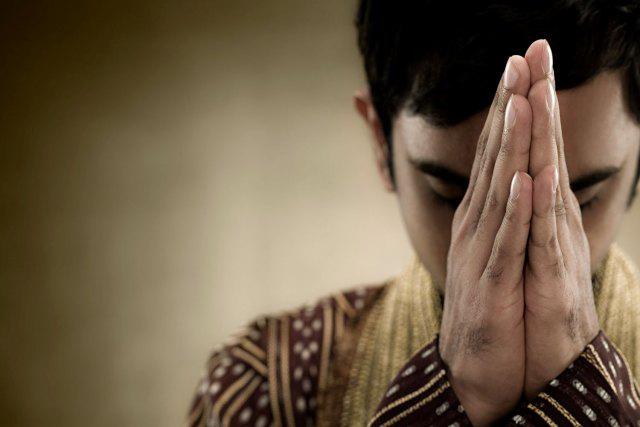Battle of Buxar
Although the allied army was numerically much stronger, comprising about 40,000 men as against the Company's army of about 7000, the differences of opinion between the allies as well as the British superiority in artillery turned the tide in favour of the British. The allied army was effectively routed. War casualities mounted to about 850 wounded or dead on the British side and 2000 to 5000 on the side of the three allies.
The war eventually led to the signing of the Treaty of Allahabad in August 1765 between Shah Alam II and Robert Clive of the East India Company, according to which the Mughal Empire ceded property rights over Bengal, Bihar and Orissa to the British. The treaty thus enabled the British to establish their control in the eastern part of the country, ultimately paving the way for the establishment of British colonial rule over India that continued for the next two centuries.
















